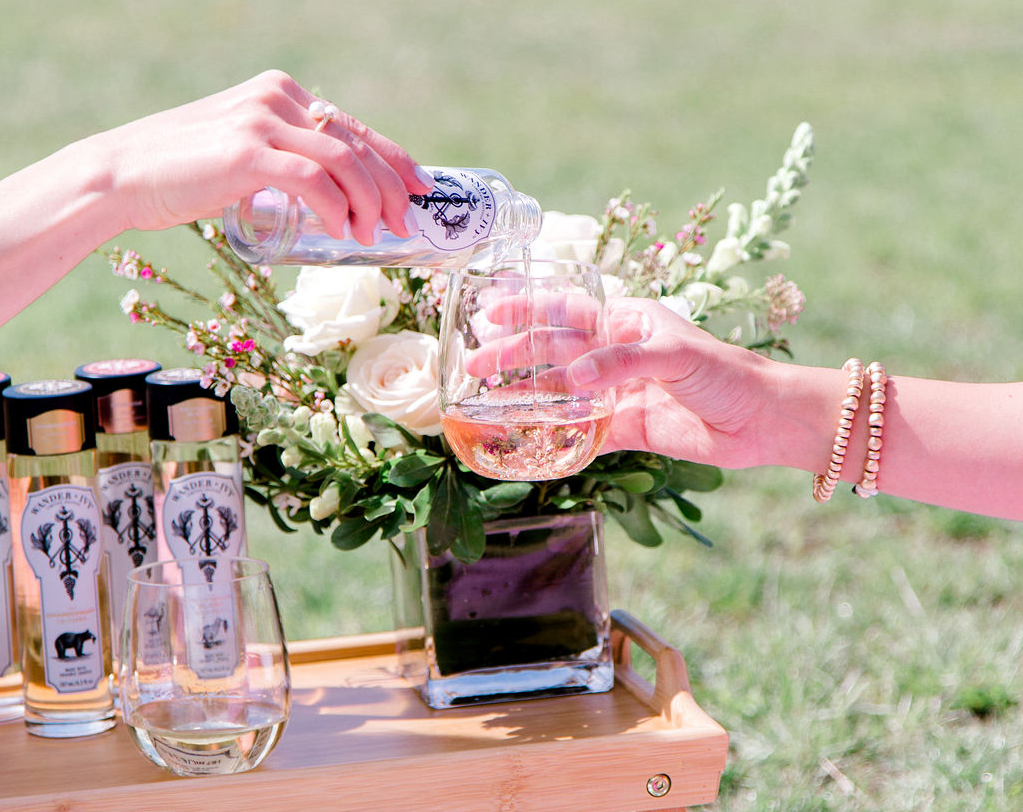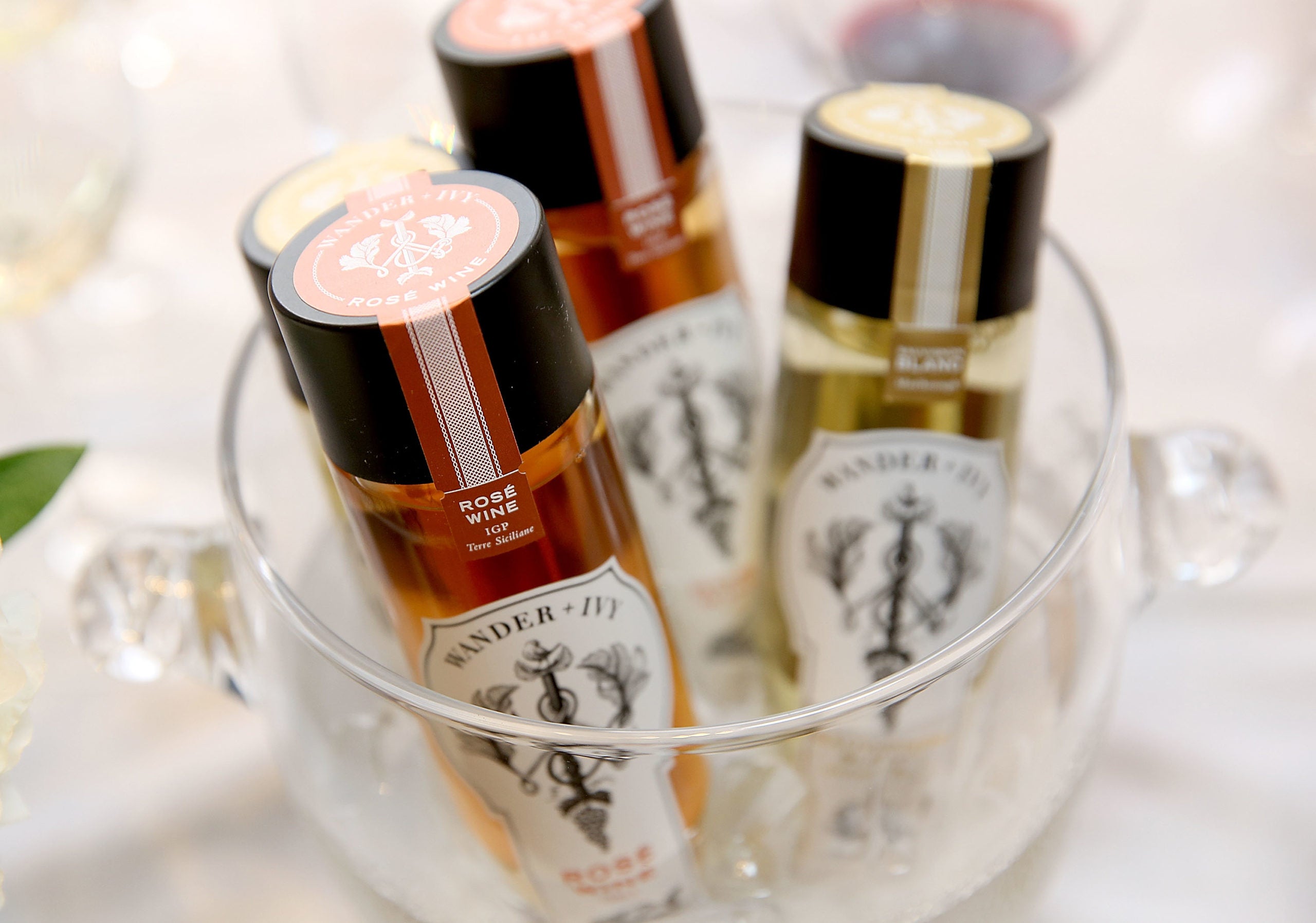
All About Bubbles: Champagne & Prosecco!
Let’s talk bubbles! They’re festive, they’re fun, they’re delicious, and surprisingly not all bubbles are created equally. Champagne and Prosecco are two of the most popular styles of bubbles and while they may look very similar, there are some key differences between these delicious sparkling wines!
Production
Champagne and Prosecco are both sparkling white wines. What makes a wine sparkle? The sparkle happens as a result of the second fermentation process it goes through. This second process creates carbon dioxide, which gives the wine a sparkling property - aka its “bubble”. The way this second fermentation process is done is slightly different between the two wines.
Champagne - The second fermentation process for Champagne happens in the bottle. Yeast and sugar are added to each individual bottle of base wine and the bottle is flipped upside down. The dead yeast cells collect in the neck of the bottle while inverted. The bottle is then frozen, and the dead yeast cells release in a process called ‘disgorgement’. The wine is resealed and then left to age. Fun fact- all Champagne is aged at a minimum of 18 months. If you happen to see a Champagne on the shelf that has a “vintage” on it, those bottles have aged for a minimum of 3 years. This longer production process gives explanation to the higher price tag in older vintages of Champagne.
Prosecco - In Prosecco, the ‘tank method’, where fermentation happens in a large tank, is most often used for the second fermentation process. Yeast and sugar are added to the base wine in a large tank. The tank is sealed and carbon dioxide forms, creating the - bubbles. The wine is then usually filtered for sediment and bottled. The aging process on average is about one month and different variations can be aged up to nine months.

The Grapes
The grapes used in these two sparkling wines vary slightly.
Champagne - Chardonnay, Pinot Noir, and Pinot Meunier grapes are all used to create these bubbles!
Prosecco - Glera grapes are the main grape used for this treat!
Flavor
The flavor profile in both of these wines is the result of how the yeast comes in contact with the juice during the wine making process.
Champagne - In Champagne, fermentation happens in the small space of the bottle, which creates bubbles that are fine and persistent. The yeast also directly touches the juice within the small space of the bottle. This aging process creates a bready and toasty flavor. Additionally, fine Champagnes can have almond flavors with hints of orange-zest, white cherry, and peach.
Prosecco - In Prosecco, since the fermentation process happens in a large space of a ‘tank’, the bubbles are a bit lighter and frothier. The yeast directly touches the juice in the large tank resulting in flavors of fruits, hazelnut, vanilla, and even honeycomb.
Pairings
In our opinion both Champagne and Prosecco pair perfectly with a splash of orange juice for brunching! But there are some more serious pairings that really highlight flavors in both varieties.
Champagne - Pairs perfectly with shellfish, pickled veggies, steak, truffle fries, and fresh strawberries - or strawberries dipped in chocolate because yum!
Prosecco - Pairs deliciously with cured meats, seafood, asian cuisine, and popcorn - trust us, the salty and sweet is a tasty combo!

Now we’re officially in the mood for some bubbles! We hope this helped you learn new information about Champagne and Prosecco. As Coco Chanel once said, “I only drink champagne on two occasions: when I am in love, and when I am not”, so it sounds like it’s time for some bubbles! Cheers!
Watch our full IGTV on this topic on our instagram here!
Shop all Wander + Ivy wines on our online wine shop.


